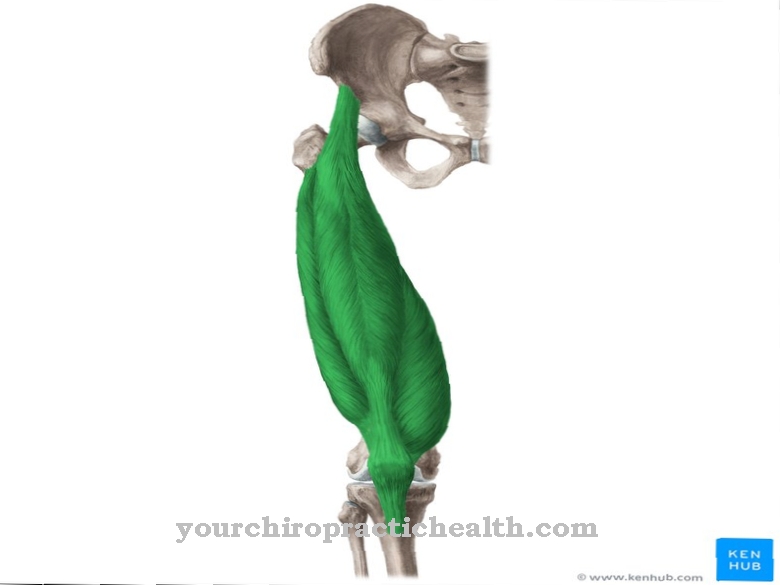The Chondropathy is therefore a generic term for pathological changes in the articular cartilage that can occur traumatically, degeneratively or as part of inflammation. The symptoms and the therapy of chondropathy are therefore also dependent on the corresponding clinical picture.
What is chondropathy?

© shopplaywood - stock.adobe.com
Chondropathy is a term from orthopedics that is rarely used in this form: Chondros is the cartilage, a -pathie always describes a disease, a disease; one could also say cartilage damage.
This term is heard more often in sports, where cartilage damage is one of the more common injuries and wear and tear. Even in the context of "normal" osteoarthritis, i.e. without sports injuries, chondropathy is part of the usual history of the development of the disease.
causes
Basically all joints in our body are covered with cartilage. In contrast to the bone, which ensures stability, the substance cartilage is somewhat softer and resilient to pressure and bending. This is important for its function. It buffers the articulating bones, so to speak, and together with the synovial fluid produced by special cells of the synovial membrane, enables the joint surfaces to slide smoothly together.
To ensure that this works as smoothly as possible, the articular cartilage consists only of connective and supporting tissue cells and usually no longer contains any blood vessels at the crucial points. It is therefore only nourished through diffusion. This becomes problematic in the pathogenesis of chondropathy: If the joint is under abnormal permanent stress or if the cartilage surface is interrupted by an injury, the supply of nutrients may also be at risk and the cartilage dependent on it may be further damaged.
At the same time, the poor supply situation also severely limits the ability to heal itself compared to other body tissues. Small substance defects that arise easily once can therefore persist for a long time and develop into larger cartilage damage over the years.
Furthermore, such defects do not initially cause any complaints: nerve tracts are just as rare in the joint as the blood supply. Only when the defect becomes deeper and affects the bones under the cartilage are nerve endings irritated, resulting in joint pain, especially when moving.
A healing process is set in motion starting from the subchondral bone tissue, which does not lead to the formation of new undamaged articular cartilage, but to the formation of a type of replacement cartilage, called fiber cartilage.
You can find your medication here
➔ Medicines for joint painSymptoms, ailments & signs
In many cases, chondropathy does not have any particular discomfort or symptoms at the beginning of the disease. For this reason, the disease often goes undetected for a long time, so that a delayed diagnosis and thus also delayed treatment occurs. Those affected suffer from pain in the joints in the respective region and often from a feeling of pressure.
The pain can spread to the neighboring regions and lead to discomfort there. Furthermore, nocturnal pain is usually associated with insomnia and thus with irritability or psychological moods. The pain increases when the person concerned moves, so that there are movement restrictions and thus restrictions in the patient's everyday life.
Most patients also suffer from a bruise on their joints. The pain can mainly occur in the form of a start-up pain and thus have a very negative effect on the quality of life. The pain usually continues to worsen unless treatment for the chondropathy is initiated. In the further course, the affected person's muscles are also permanently damaged.
Diagnosis & course
If the cartilage is eroded and roughened over a long period of time, osteoarthritis forms as a form of chondropathy. This is primarily a disease of older age and is caused by permanently increased stress on the joint, but also by genetic factors. The hips and knees are the most common joints in this degenerative disease. At the beginning there are usually symptoms such as the typical start-up pain, later, often after years, permanent pain in the affected joint occurs.
Due to injuries, cartilage damage can also occur at a young age and cause enormous osteoarthritis-like symptoms. In the case of knee joint injuries, these are often accompanied by major damage to the ligamentous apparatus and joint effusion, but can also occur in isolation and cause symptoms over a long period of time.
Also, prolonged immobilization of a joint after injury, for example using a cast, can lead to cartilage damage.
Chondropathy can be guessed at by means of an X-ray based on the width of the visible joint space and other typical changes, but it is only clearly shown in the MRI (magnetic resonance tomography). Different degrees of severity are classified here based on the severity and extent of the cartilage tears.
A diagnostic joint endoscopy (arthroscopy) is also an effective means of detecting chondropathy.
Complications
The complications of chondropathy depend heavily on the cause of the disease and also lead to different symptoms. As a rule, the articular cartilage changes and leads to pain. The pain can appear both when moving and as pain at rest. Because of the pain caused by movement, the person affected is severely restricted in his actions, so that the quality of life decreases.
There is usually also a feeling of pressure in the joints. Older people in particular are affected by initial pain and have difficulty getting up and moving. You are then dependent on walking aids. In many cases it is possible to reduce the chondropathy in the short term and to combat the symptoms. However, the treatment does not last long. There are no further complications.
In severe cases, surgical interventions are also possible. If the joint is completely damaged, it can also be replaced by a prosthesis, which also requires surgery. As a result, the patient can carry out movements for an unlimited time without pain and restrictions and is no longer restricted in his everyday life. As a rule, chondropathy does not lead to a reduced life expectancy.
When should you go to the doctor?
If the typical symptoms of chondropathy occur, a doctor should be consulted. If, for example, knee pain occurs again and again with strong knee flexion, this indicates a serious underlying disease that needs to be clarified and, if necessary, treated. Another sign is pain during rest at night. At the latest when these complaints lead to muscle tension or poor posture, a doctor's visit is indicated. If the chondropathy remains untreated, kneecap arthrosis can develop in the further course.
If warning signs of such a joint disease are noticed, a doctor must be called in immediately. People who regularly kneel down (e.g. tiler or building cleaner) are particularly at risk. However, general overloading of the tendons (e.g. when playing tennis or climbing stairs) can in some cases still promote the pain syndrome. Anyone who belongs to these risk groups should speak to their family doctor at the first signs of chondropathy. Other contact persons are the orthopedist or a knee specialist. In the event of severe complaints that make it impossible to see a doctor independently, the outpatient emergency service should be contacted.
Doctors & therapists in your area
Treatment & Therapy
In the same session of the joint surgery, excess and disruptive scar tissue can be removed and a kind of "joint toilet" can be carried out.
This procedure can improve the symptoms in the short term, unfortunately the relief usually does not last long. Physiotherapeutic stabilization through muscle building is another important part of chondropathy therapy.
If major damage can be identified, it can sometimes be removed in major surgical interventions. In the case of osteoarthritis, joint replacement with a prosthesis remains the last but very effective means of therapy.
Outlook & forecast
Since cartilage damage cannot be healed with the current medical possibilities by rebuilding the removed cartilage, the prognosis is unfavorable. Despite all efforts, the progress of the disease cannot be stopped completely. The treatment leads to a relief of the symptoms. At the same time, the progression of the disease is slowed down, but it cannot be prevented.
In addition, over the life span there is a natural breakdown of the cartilage, which cannot be changed. Ultimately, in the worst case scenario, all that remains is to replace the damaged joint. Since this, despite all the advantages and alleviation of existing symptoms, cannot be equated with the functionality of a natural joint, an impairment remains.
Nevertheless, the prognosis of chondropathy has improved significantly due to medical advances. The quality of life could be optimized for the patient with the existing treatment methods. In addition, various therapy methods can be used to delay the progress of cartilage degradation.
The behavior of the patient also helps to improve his situation. Intensive and joint-stressing sports should be avoided. If there is minor cartilage damage, sufficient exercise should take place. This improves the blood circulation and triggers a better circulation of the synovia. This nutrient-rich substance has a positive influence on the joint.
You can find your medication here
➔ Medicines for joint painprevention
Incidentally, the often assumed damage to cartilage due to overloading, for example when jogging, has not been proven. Rather, it has been shown in studies that articular cartilage, provided it has not yet been damaged by injuries or osteoarthritis, has an enormous regeneration potential and is able to permanently adapt to stress.
In order to prevent chondropathies, it is therefore important not to increase physical activity "from zero to a hundred", but rather slowly bring the cartilage closer to the loads and allow adequate breaks for regeneration. Furthermore, walking on forest paths or peatland is of course much gentler on the joint than constant movement on asphalt-covered roads.
Aftercare
Chondropathy can be gradually cured through physiotherapy following drug or surgical treatment. The exercises strengthen the muscles and compensate for any deficits. The aftercare is also about correcting misalignments and avoiding incorrect loads. There are also physiotherapy exercises for this.
After a briefing by professional physiotherapists, patients can also do these training units at home. In the first phase of aftercare, relieving the affected joints plays an important role. This avoids correction losses. More intensive training is only allowed after the bony consolidation has been restored.
Especially with the "runners knee", which often occurs in athletes, the adaptation of the load in combination with physiotherapy is used. It is advisable not to overstrain the weak point and avoid climbing stairs, for example if you have knee problems.
Otherwise, patients must expect the disease and the associated pain to recur after a short time. Depending on your personal constitution, reducing your body weight may help combat the symptoms. For more mobility, the doctor recommends stretching exercises and strengthening the muscles.
You can do that yourself
The physiological processes that typically lead to chondropathy, a pathological change or wear and tear of articular cartilage are not (yet) all understood. Depending on the progression of the disease, the symptoms range from barely noticeable to very painful osteoarthritis with sometimes considerable restrictions on movement. Adjustments in everyday behavior and the use of self-help measures can slow down or even stop and reverse the course of chondropathy.
In order to supply the articular cartilage affected by chondropathy with nutrients and building blocks in the best possible way, movement of the joint without excessive stress is very important, because the cartilage occurs via the synovial fluid located in the joint space and not via the capillary blood vessel system. The necessary movements can be achieved as part of a suitable sport or through individually designed gymnastics.
Abrupt load changes have an unfavorable effect on the articular cartilage, as they occur, for example, in many ball sports at irregular intervals and with varying strengths. Ball sports such as soccer, handball, tennis and many others therefore have a rather unfavorable effect when chondropathy begins, while sports such as hiking, Nordic walking, biking and jogging usually have a positive influence on the course of the disease. It is also important to analyze the movements of the affected joints in order to identify any incorrect loads and to avoid them in the future by training new movement patterns.

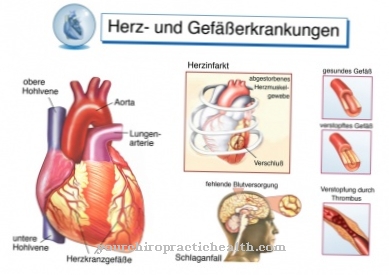
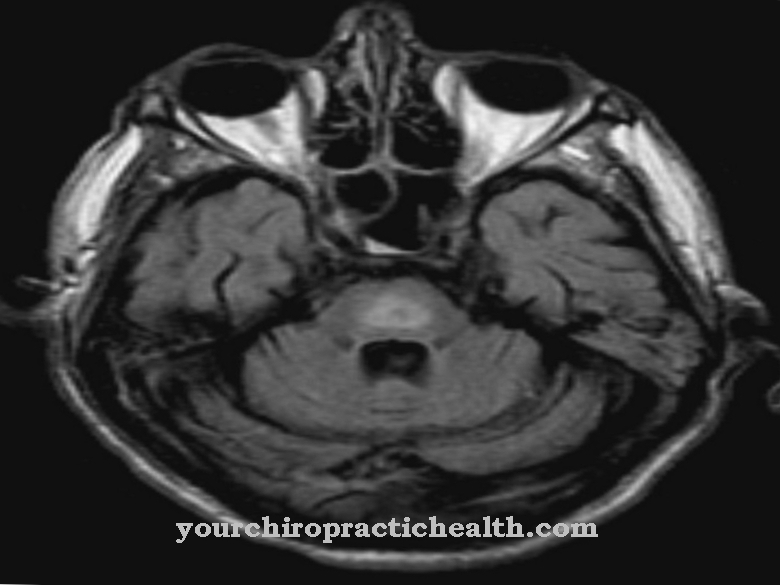

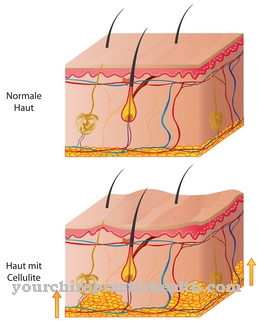

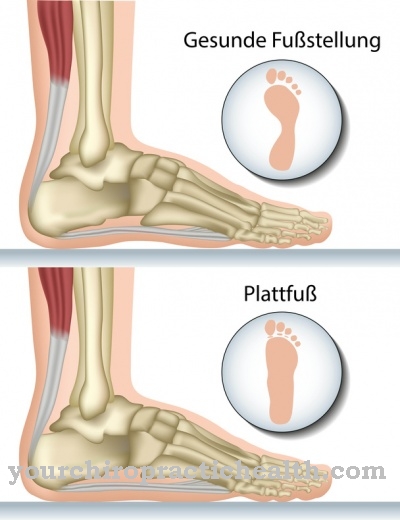

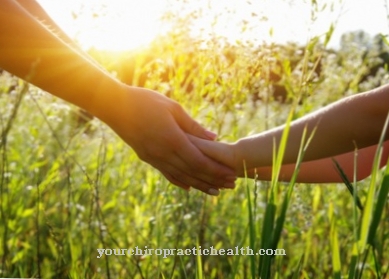
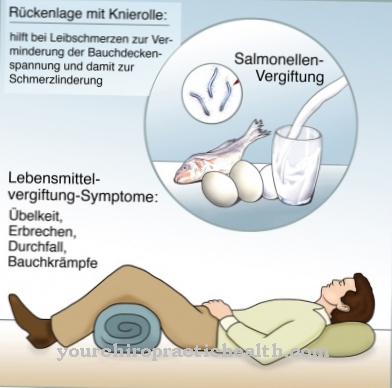

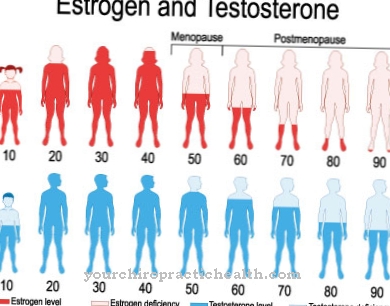




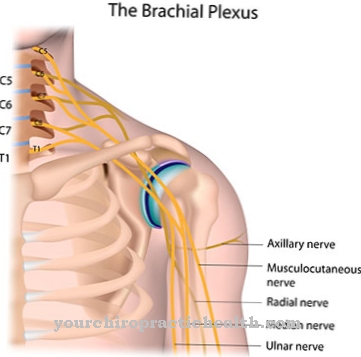
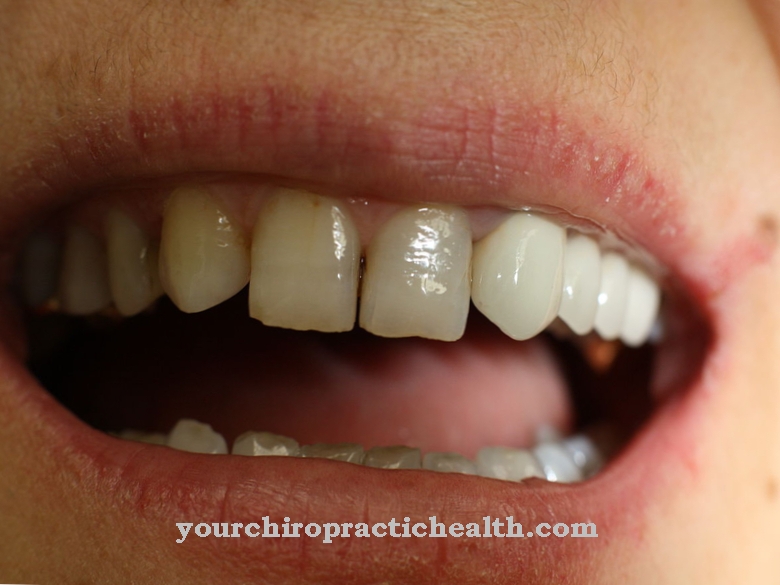

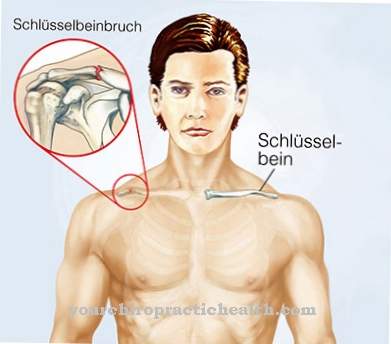

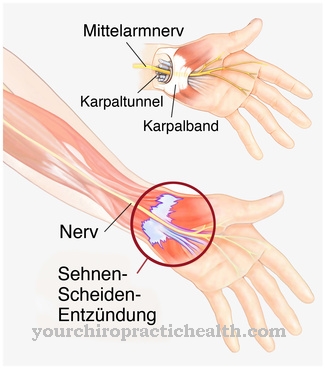
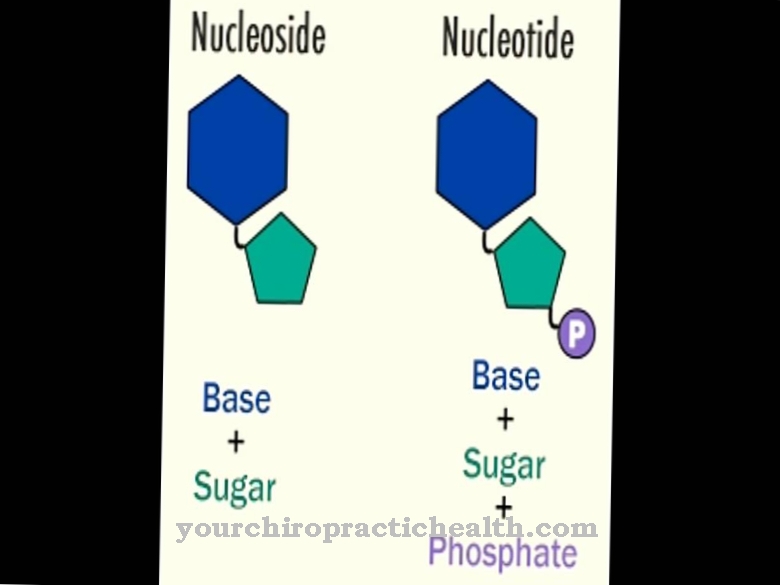
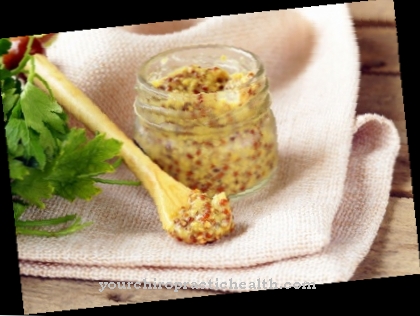
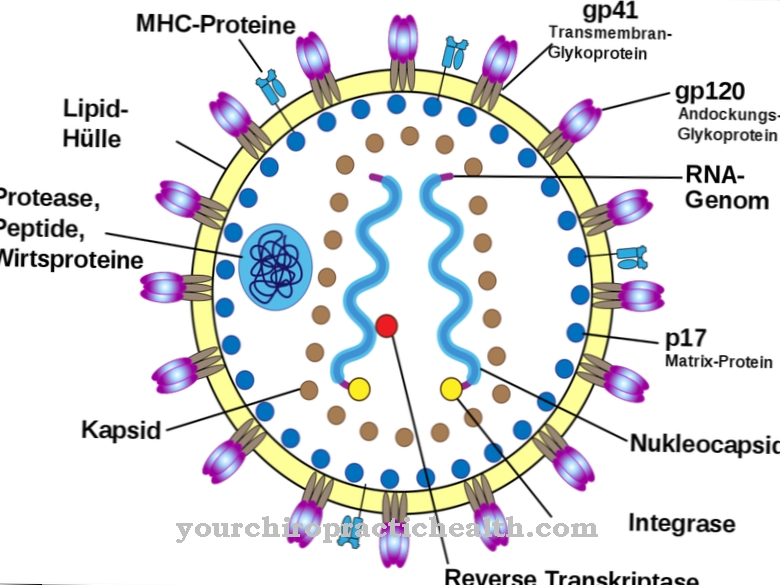
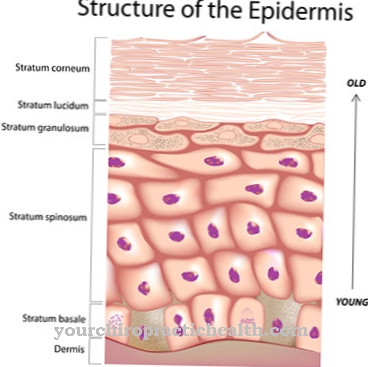
.jpg)
